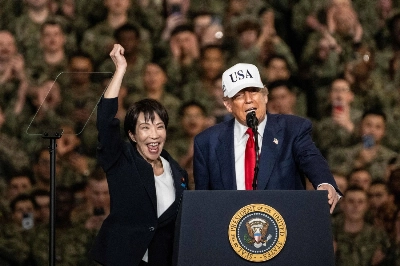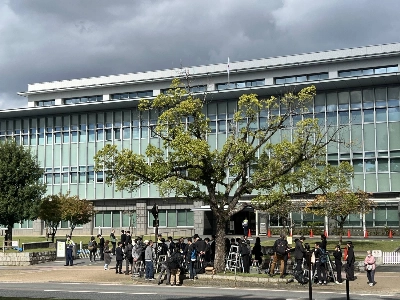Leaders of the 26 members of the North Atlantic Treaty Organization (NATO) are meeting in Riga, Latvia, to agree on a strategy for the future. That strategy will focus on two sets of issues: the problems that the organization will tackle in the years ahead and the countries that will join efforts to combat them. Both promise significant changes for an organization originally formed to counter a Soviet threat to Europe. But change is essential if NATO is to survive in a new security environment.
The collapse of the Soviet Union left NATO members wondering if their organization would long outlive its raison d'etre. The implosion of Yugoslavia made it clear that there were still real dangers within Europe's borders even if the nature of the threat had been radically transformed. Europe's inability to handle that crisis on its own reminded those governments that an Atlantic Community was still needed to preserve peace and stability. Moreover, the newly liberated nations in Eastern and Central Europe looked to NATO to ensure that they remained free from Russian influence. Today, the organization has grown to 26 members from the original 12.
When terrorists struck the U.S. on Sept. 11, 2001, NATO members got another example of the new threats they faced. But 9/11 also established that NATO in its current incarnation was ill-prepared to respond to stateless terrorists operating outside its traditional area of operations. Ironically, the war in Afghanistan marked the first time the organization invoked its charter to respond to an attack on one of its members.

















With your current subscription plan you can comment on stories. However, before writing your first comment, please create a display name in the Profile section of your subscriber account page.